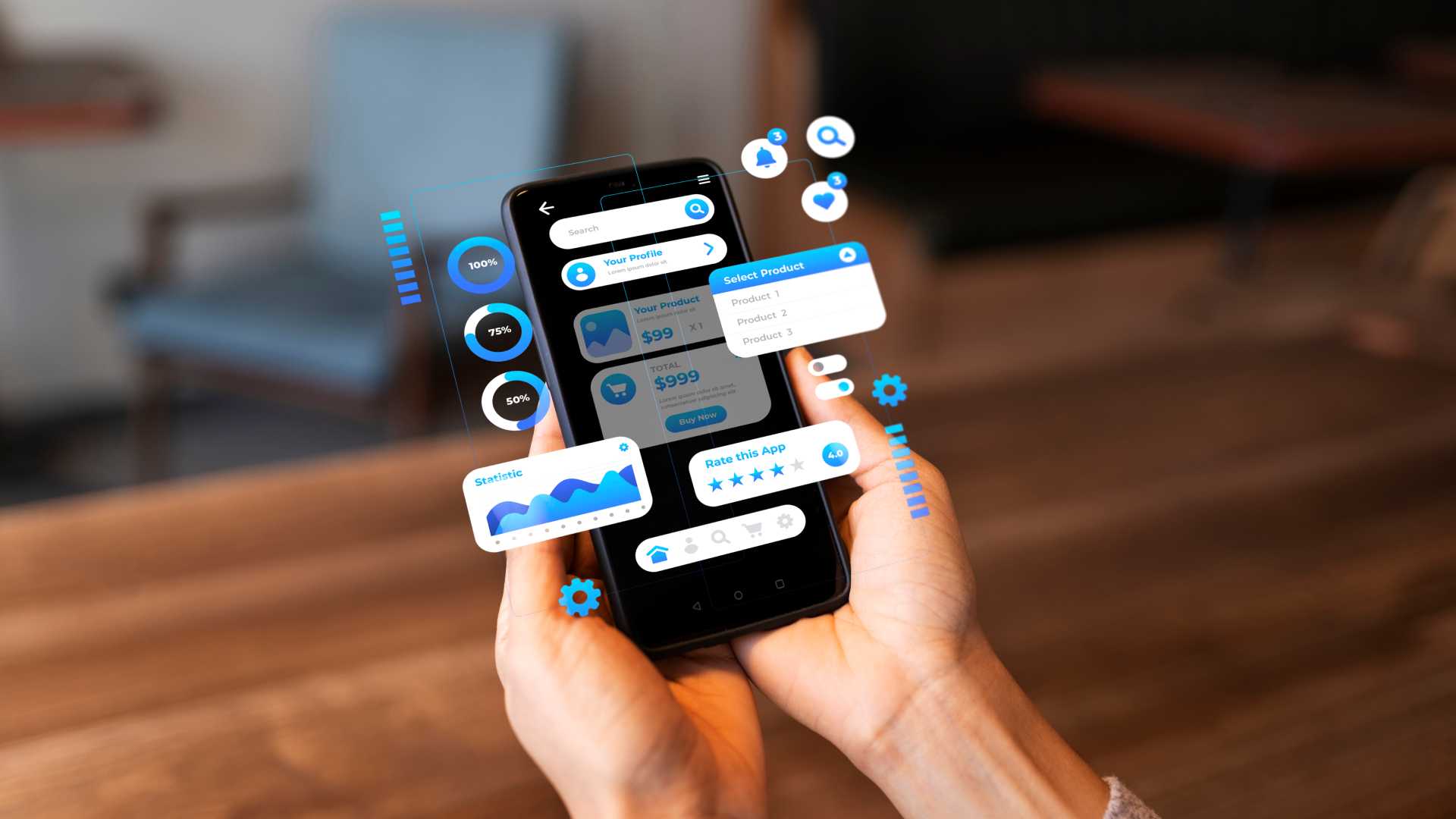In this blog, we’ll explore eight core reasons why the right software is essential for nonprofit success, focusing on how it improves operations, increases transparency, and empowers teams to do more good with greater efficiency.
7 Ways Nonprofit Software Can Transform Your Organization
1. Improved Donor Management
Why it matters:
Donors must be maintained in order for nonprofit programs to continue; however, maintaining an active relationship with them is often challenging. Manual tracking of donor data or donor management, donations, and communications leads to missed opportunities and lost trust.
How software helps:
Donor management software simplify everything from tracking gifts to segmenting donor lists and sending automated reminders. With up-to-date donor information and real-time insights, nonprofits can establish long-term relationships and more stable donation pipelines.
2. Effective Operations and Task Management
Why it matters:
Managing multiple projects, sites, and administrative tasks simultaneously can overwhelm teams, resulting in disorganization and reduced productivity. When activities are scattered between spreadsheets or paperwork, inefficiency and mistakes ensue.
How software assists:
Project and ERP software provide centralized dashboards for managing tasks, monitoring budgets, delegating roles, and setting deadlines. These programs enable coordination, simpler performance monitoring, and keeping people on the same page.
3. Trustworthy Impact Measurement and Reporting
Why it matters:
Stakeholders, donors, and board members all care to see outcomes—but one can’t measure program impact without systematic data collection and regular reporting processes.
How software helps:
Data analysis software enables nonprofits to collect and analyze field data in real time. Impact metrics, charts, and visual reports provide transparent insights into results, allowing the organizations to improve programs and demonstrate value to donors and supporters.
4. Improved Volunteer and Staff Coordination
Why it matters:
Field staff and volunteers are the backbone of nonprofit work, but managing large groups of people across geographies or time zones can introduce lapses in communication, scheduling conflicts, and disparate performance.
How software helps:
Volunteer and workforce management systems enable it to conveniently assign tasks, disseminate resources, send notifications, and track participation. With mobile-friendly features, remote workers can also see schedules, training, and communications on the go.
5. Greater Transparency and Compliance
Why it matters:
Nonprofits are held to high standards of accountability. If donors require reports or regulatory bodies demand compliance forms, sloppy bookkeeping or late filing can damage a company’s reputation and revenue.
How software helps:
Compliance and financial software help automate paperwork, track deadlines, and generate audit-ready reports. It also helps prevent inappropriate expenditures that do not align with grant and regulatory expectations, thereby reducing the likelihood of penalties or neglected obligations.
6. Better Communication and Collaboration
Why it matters:
Disconnected departments and teams will lead to slow decision-making and duplicated efforts. Miscommunication and late projects are the typical consequences of slow email threads and scattered tools.
How software helps:
Collaboration platforms bring together communication into one location, making it simpler to share updates, assign tasks, and manage documents. Teams can work together in real-time, regardless of location—whether in the office or the field—and streamline workflows to accelerate decisions.
7. Supporting Remote and Underserved Communities
Why it matters:
Many nonprofits operate in areas with limited internet connectivity or inadequate infrastructure. Relying on web applications with no offline functionality can cause operations to come to a halt in such communities.
How software helps:
Mobile apps and offline-capable software enable personnel to collect information, provide services, and record interactions without an internet connection. Upon reconnecting, data synchronize so that delivery of services and reporting can continue.
Final Words
The right software can enable nonprofits to work smarter, respond more efficiently, and foster stronger relationships with donors, staff, and constituents. It reduces friction in everyday tasks and enables long-term viability through effectiveness, accountability, and transparency.
At Digitraly, we equip nonprofits with tailored digital solutions that serve their real-world purposes. From organizing your next campaign to expanding across geographies, our solutions keep you focused on your mission—while we handle the rest.
Ready to create a more effective nonprofit with smarter software solutions?
Let’s shape something impactful together—partner with Digitraly.



